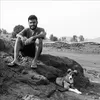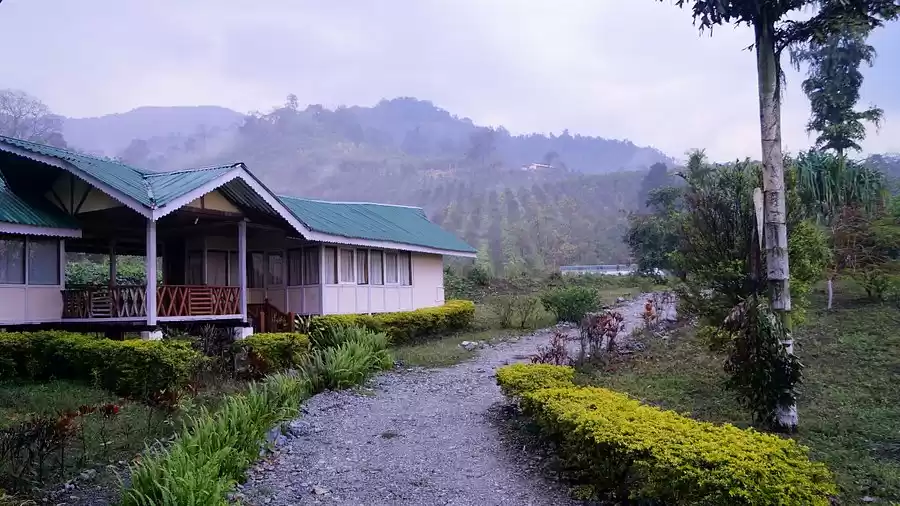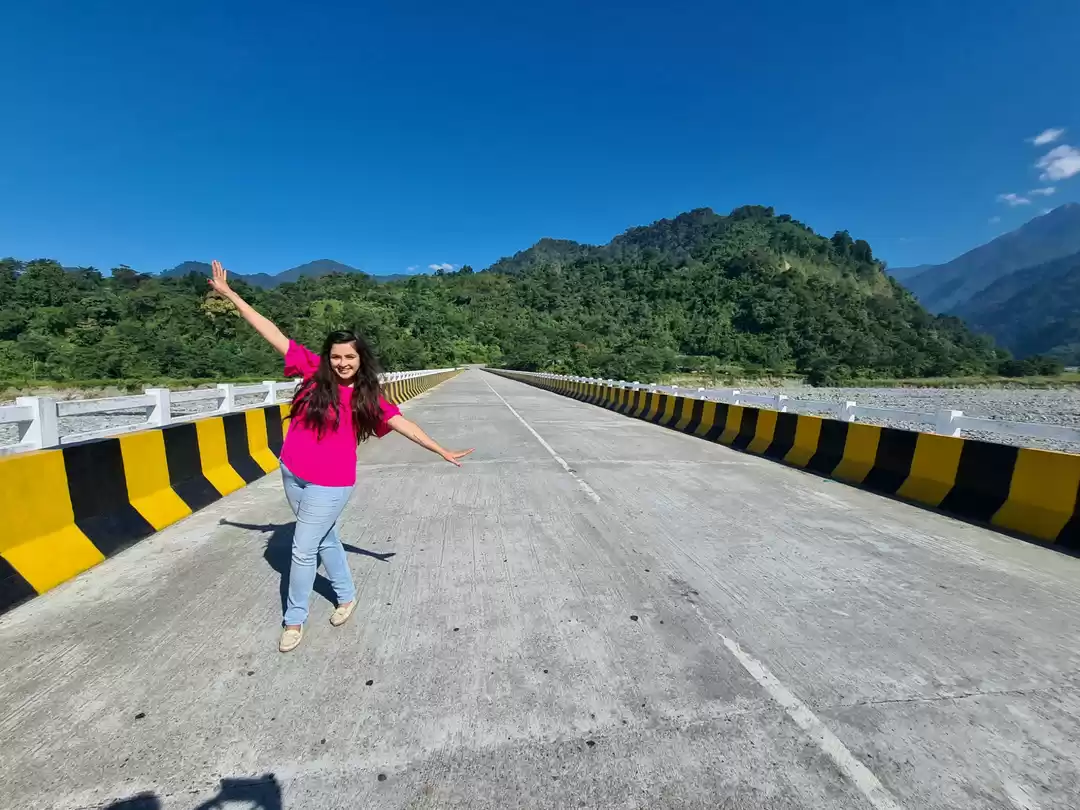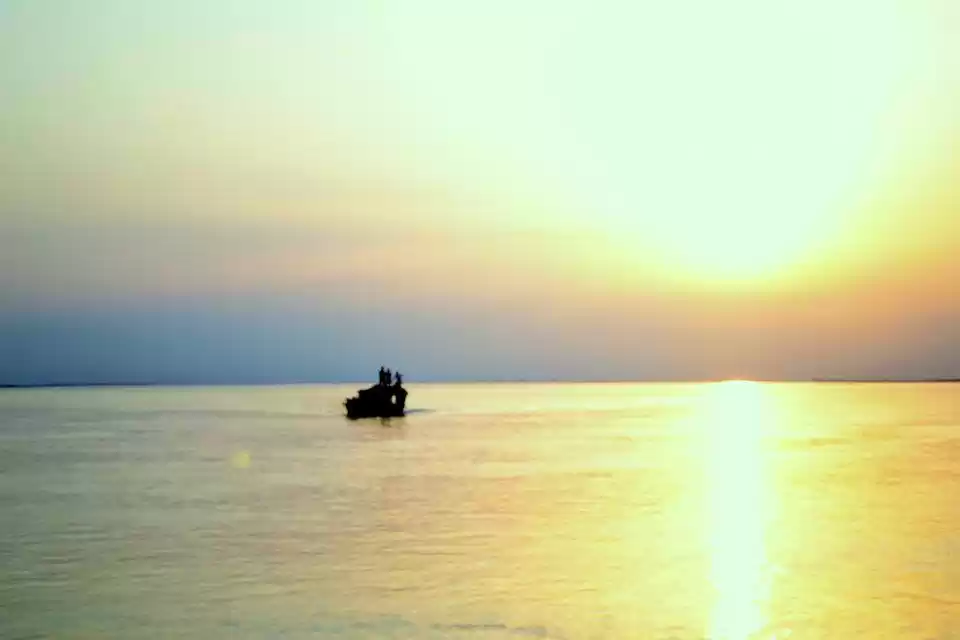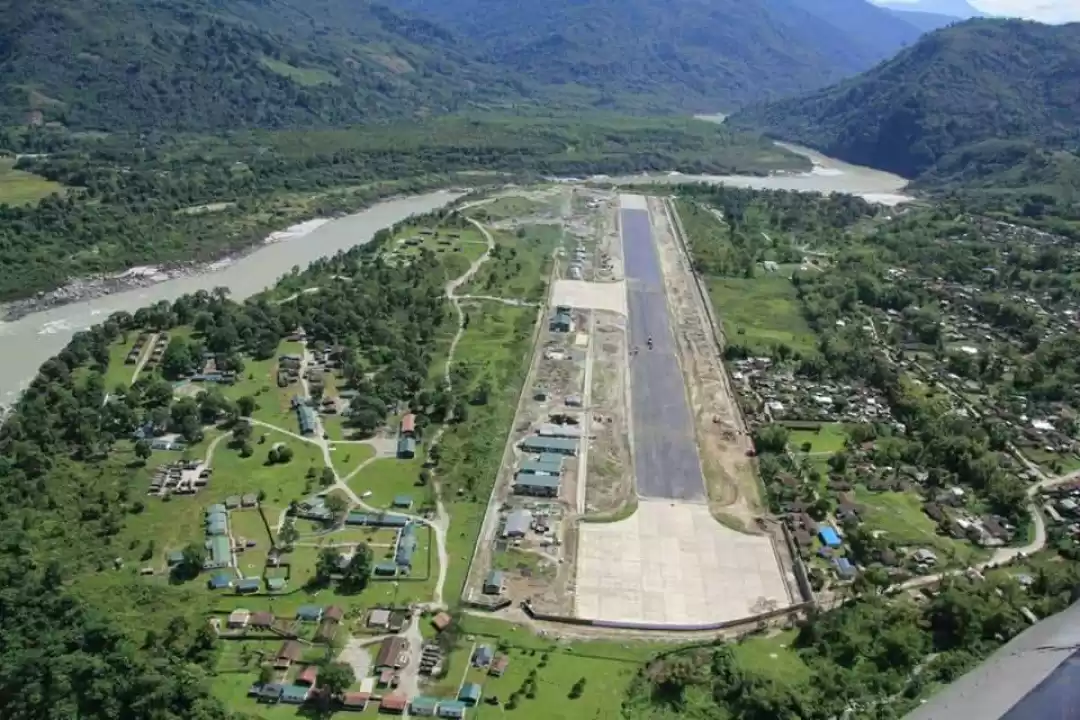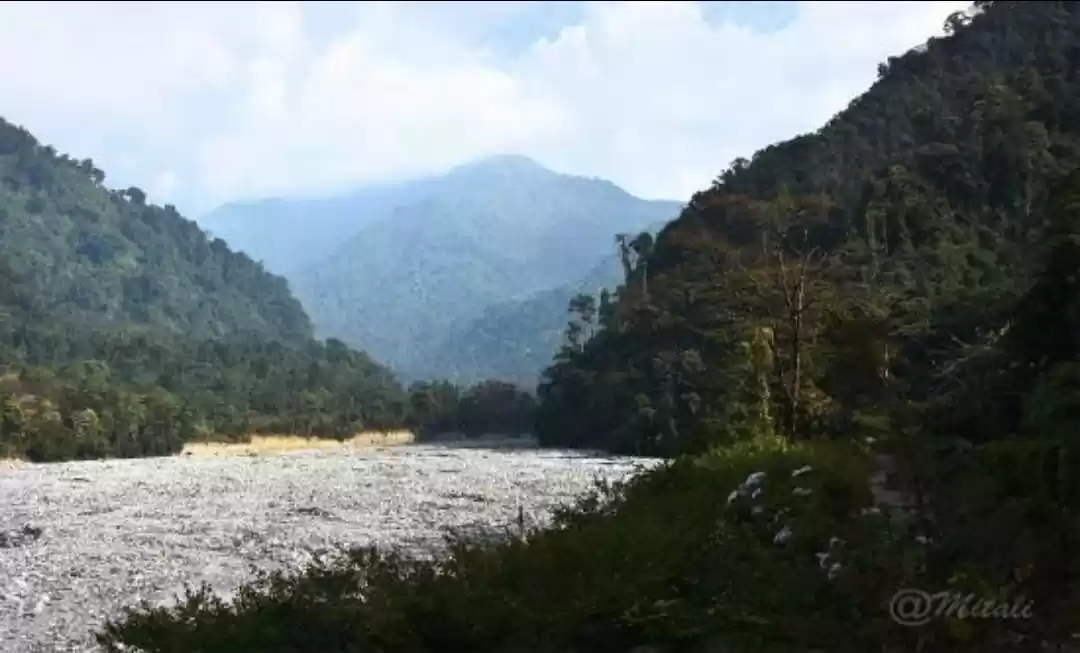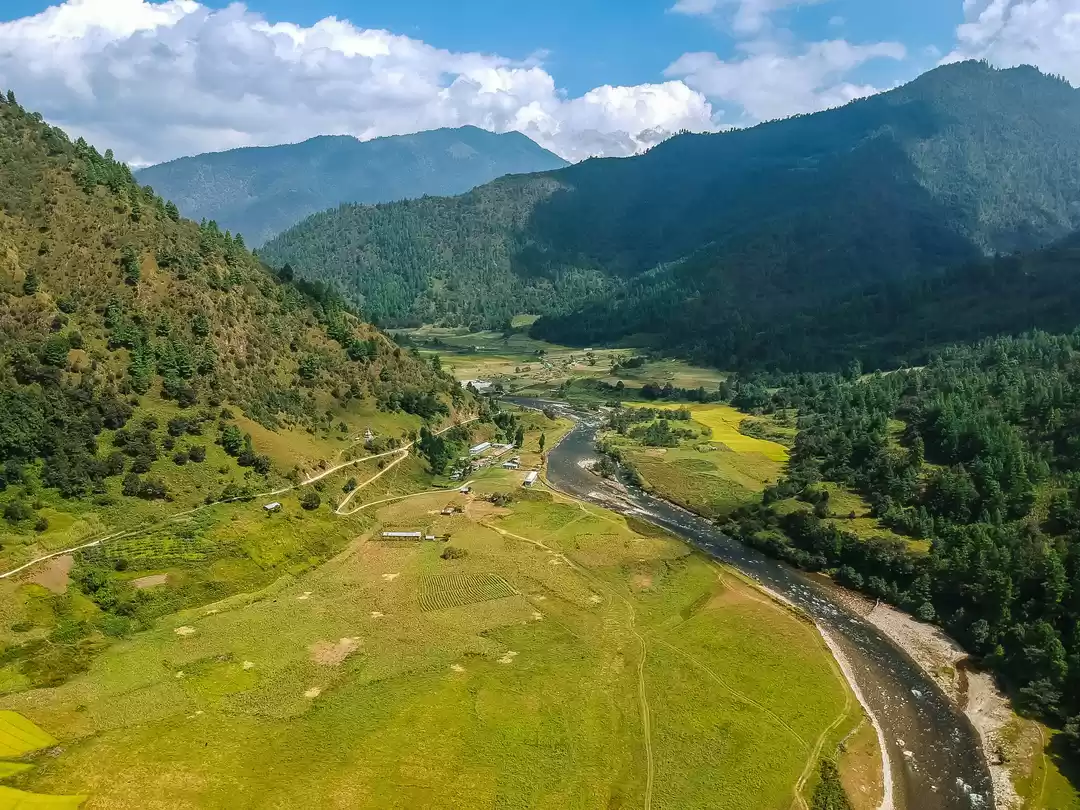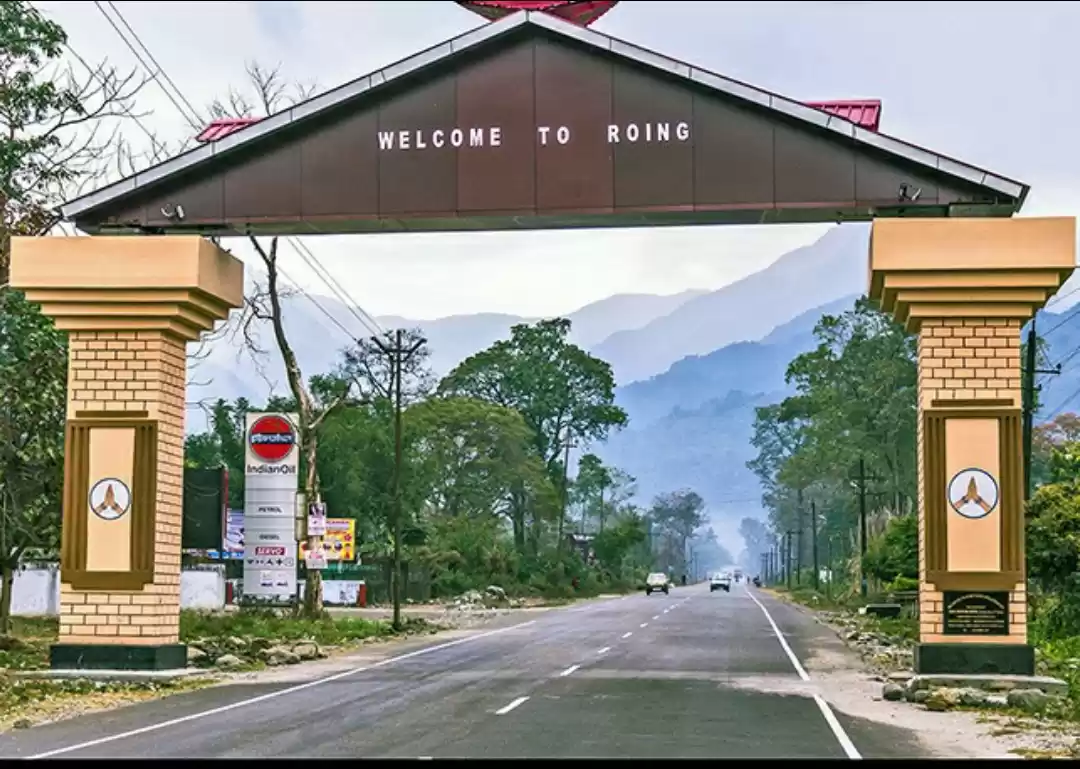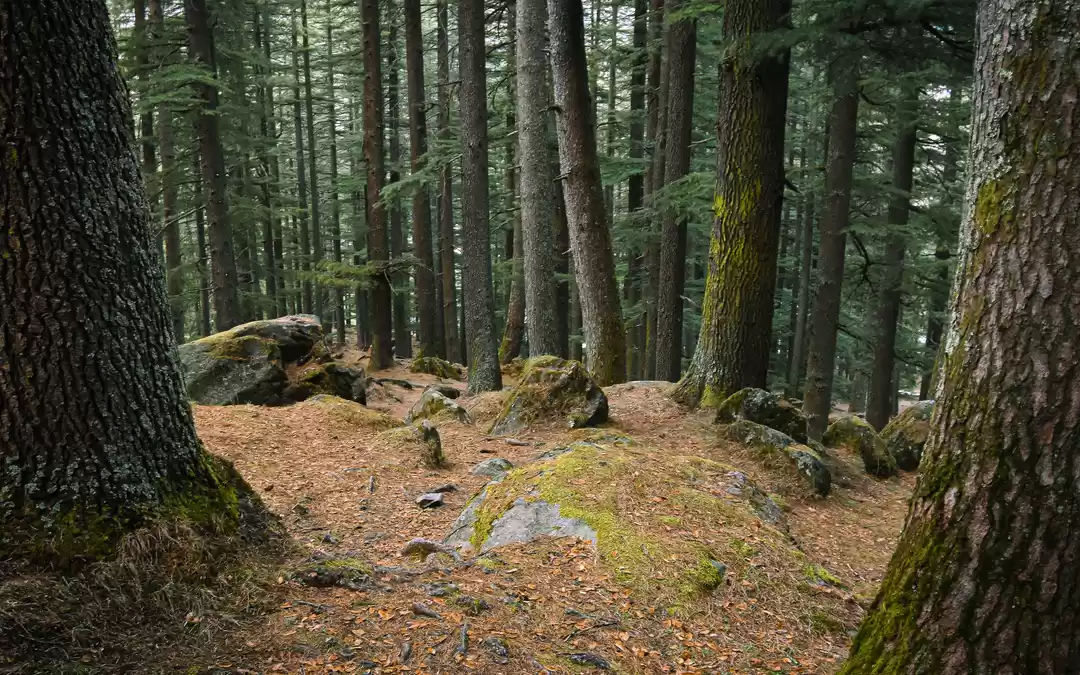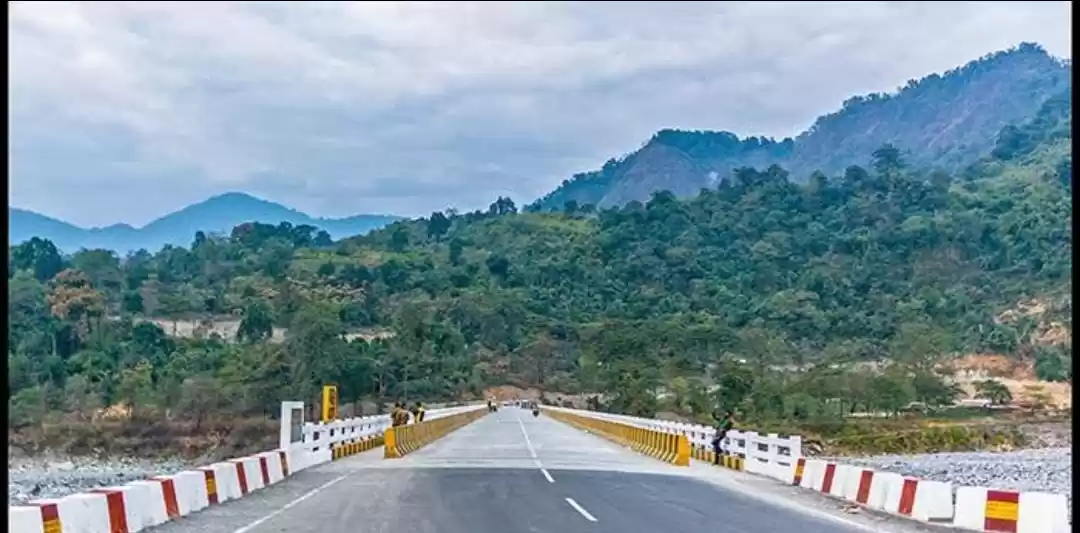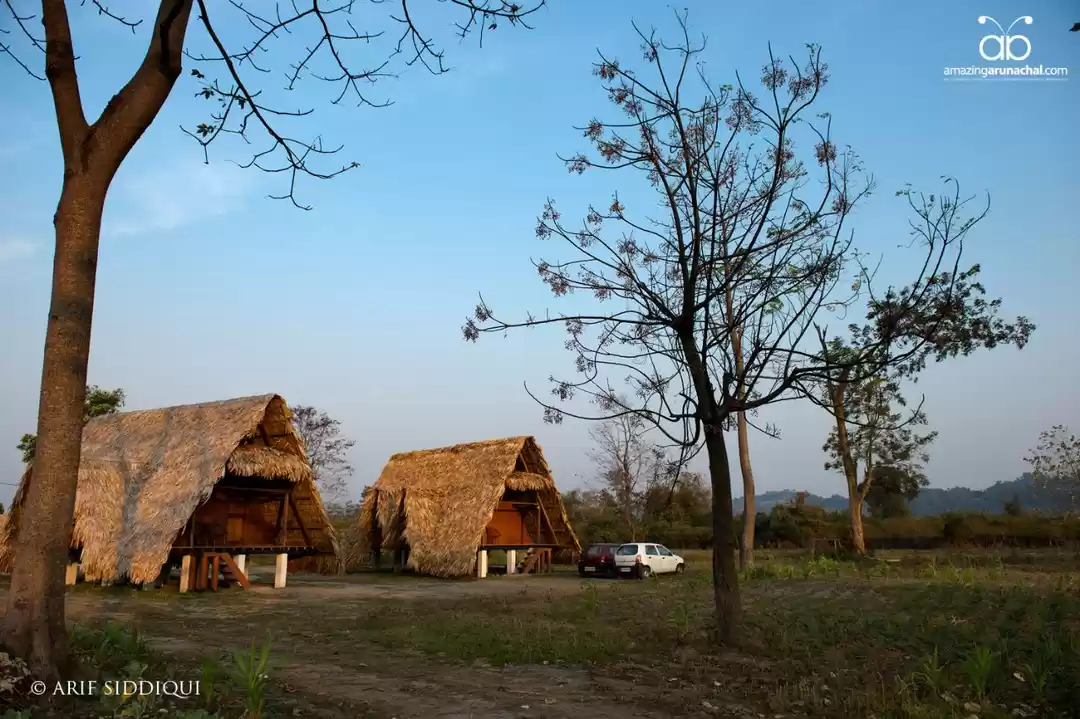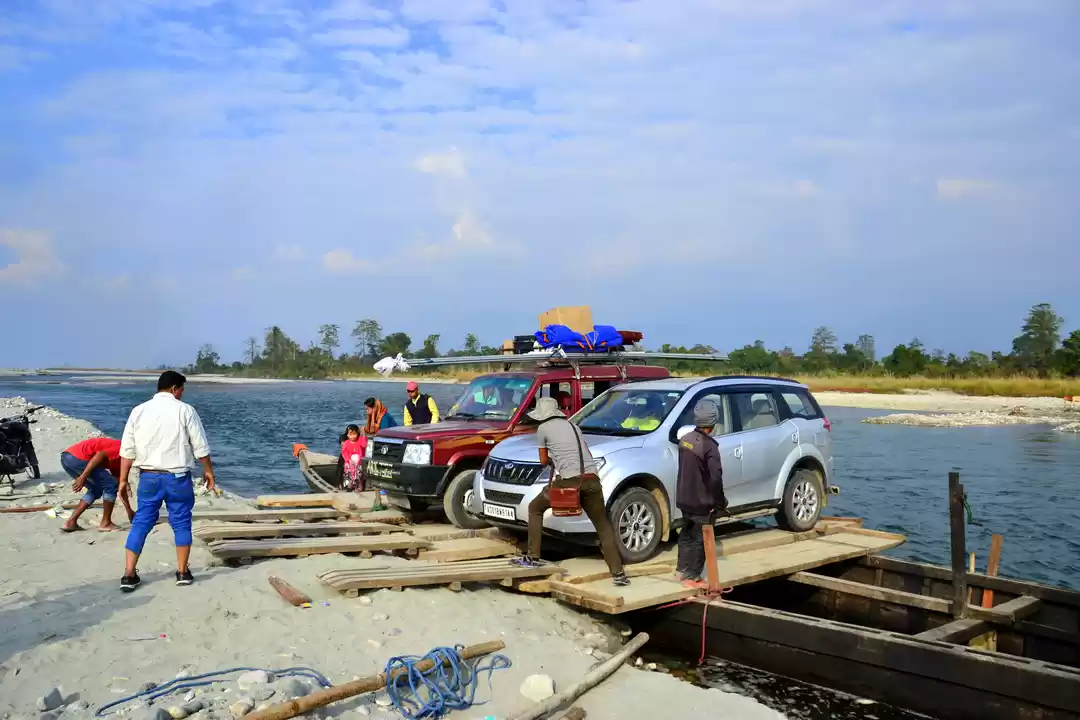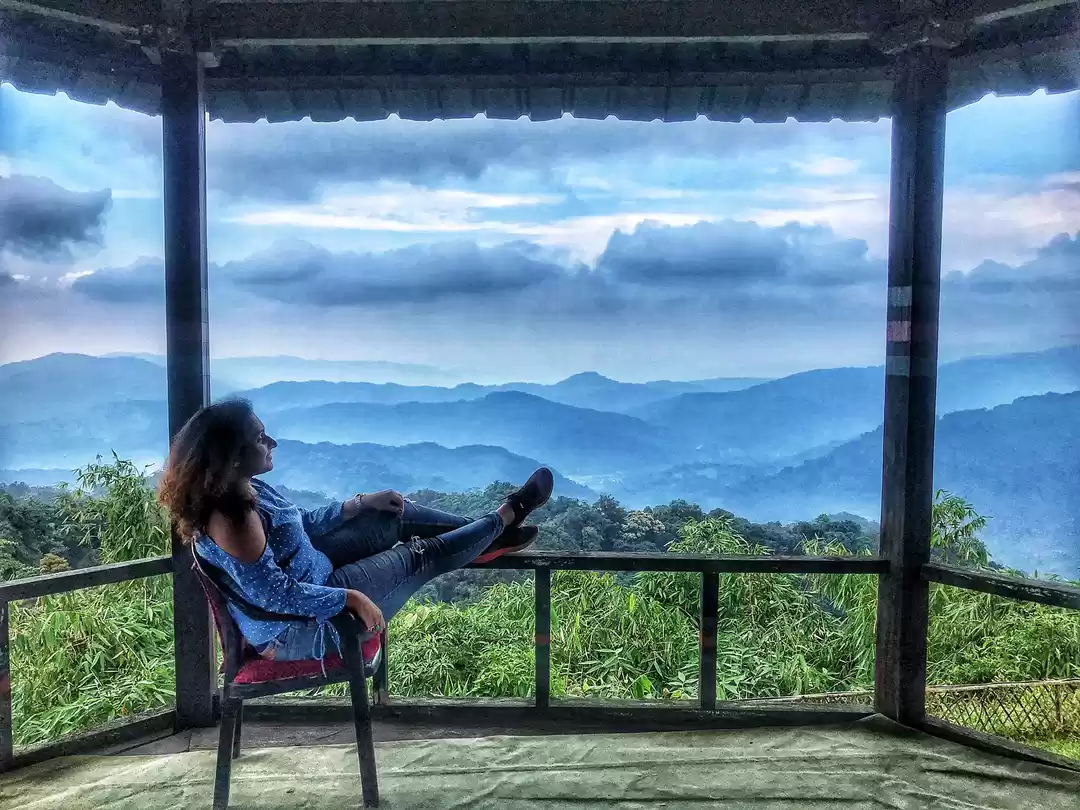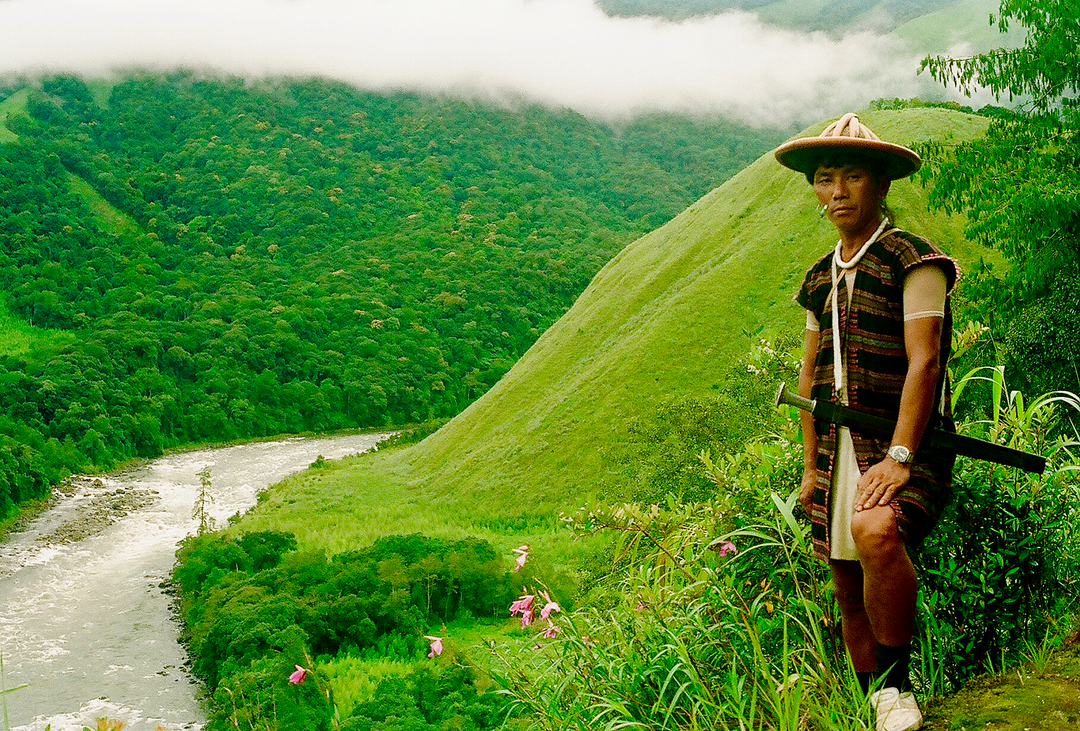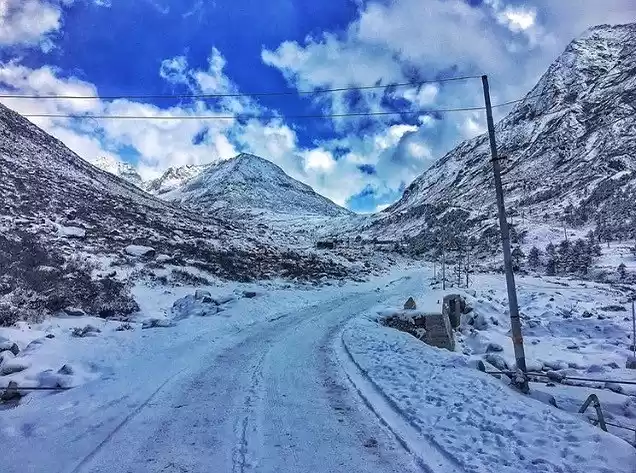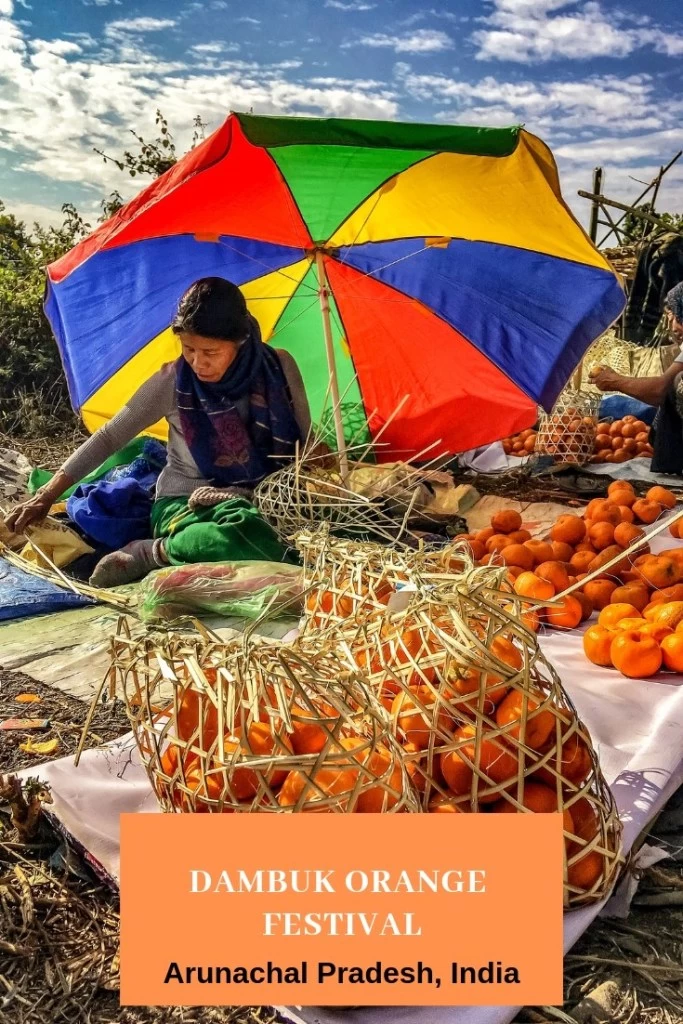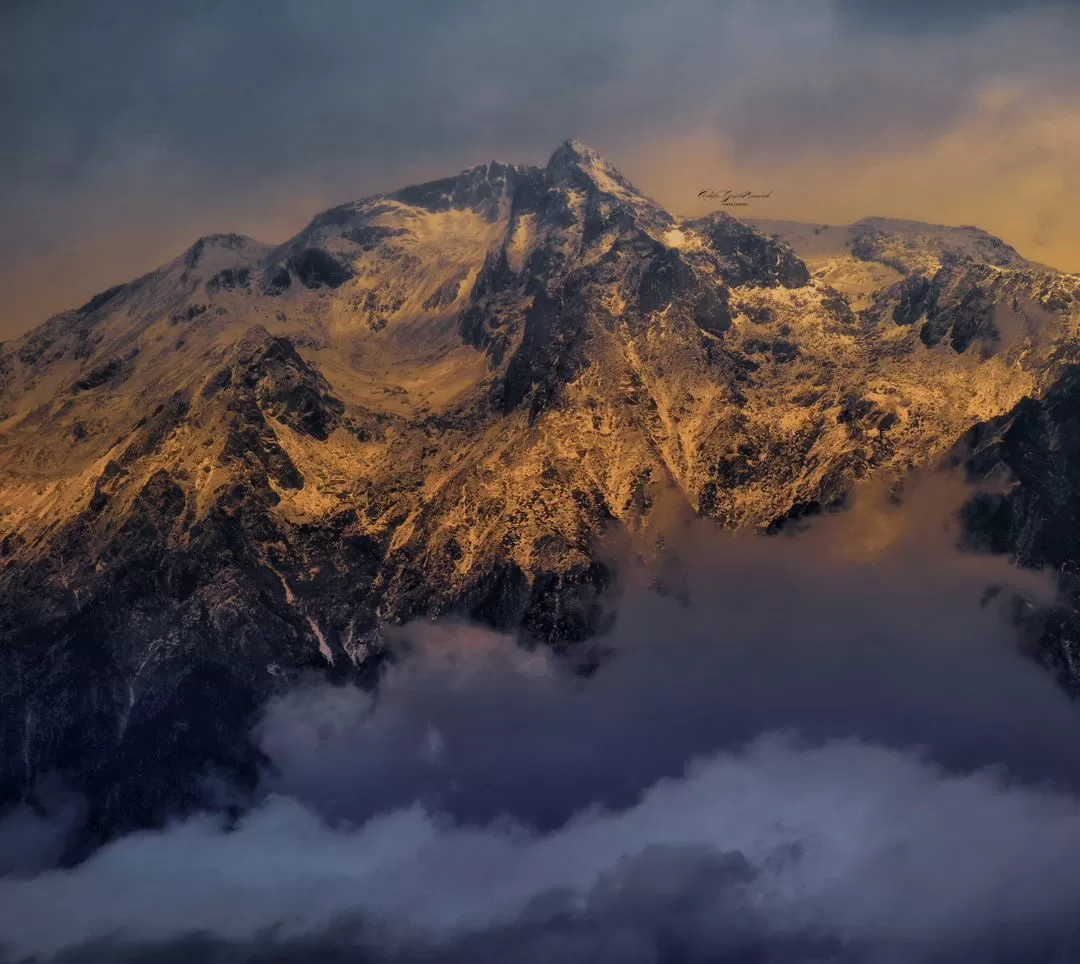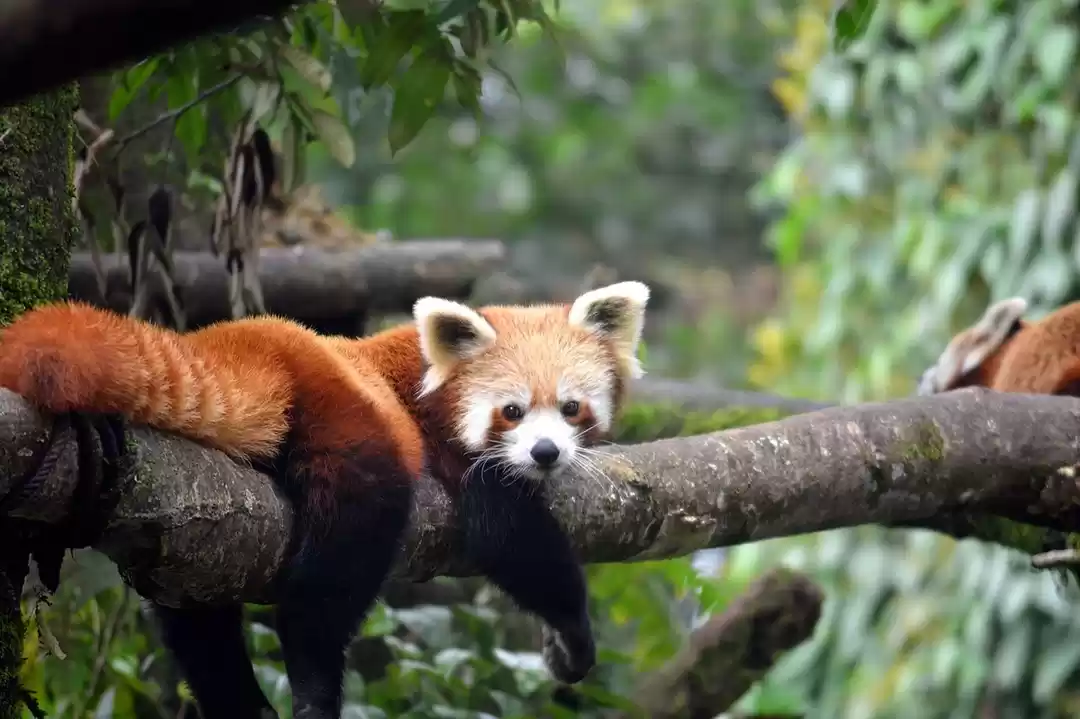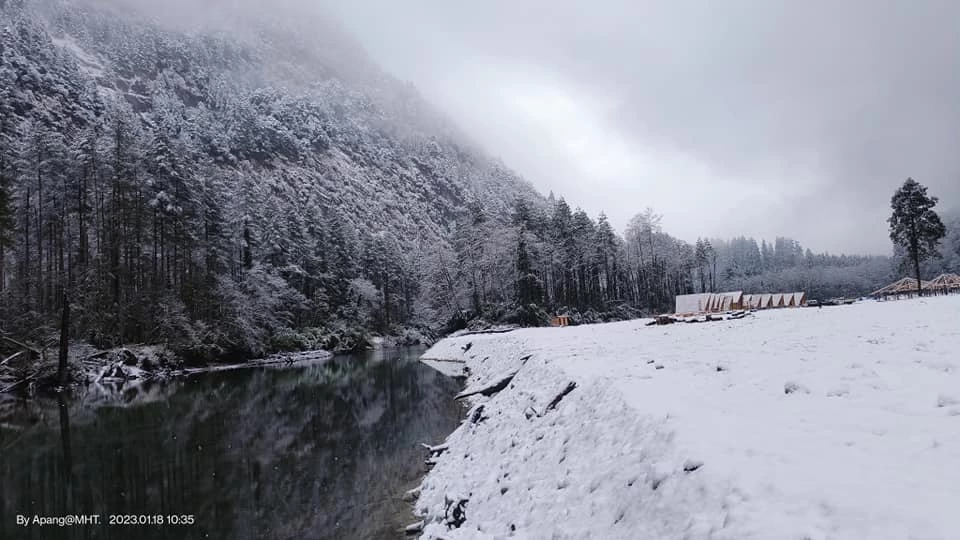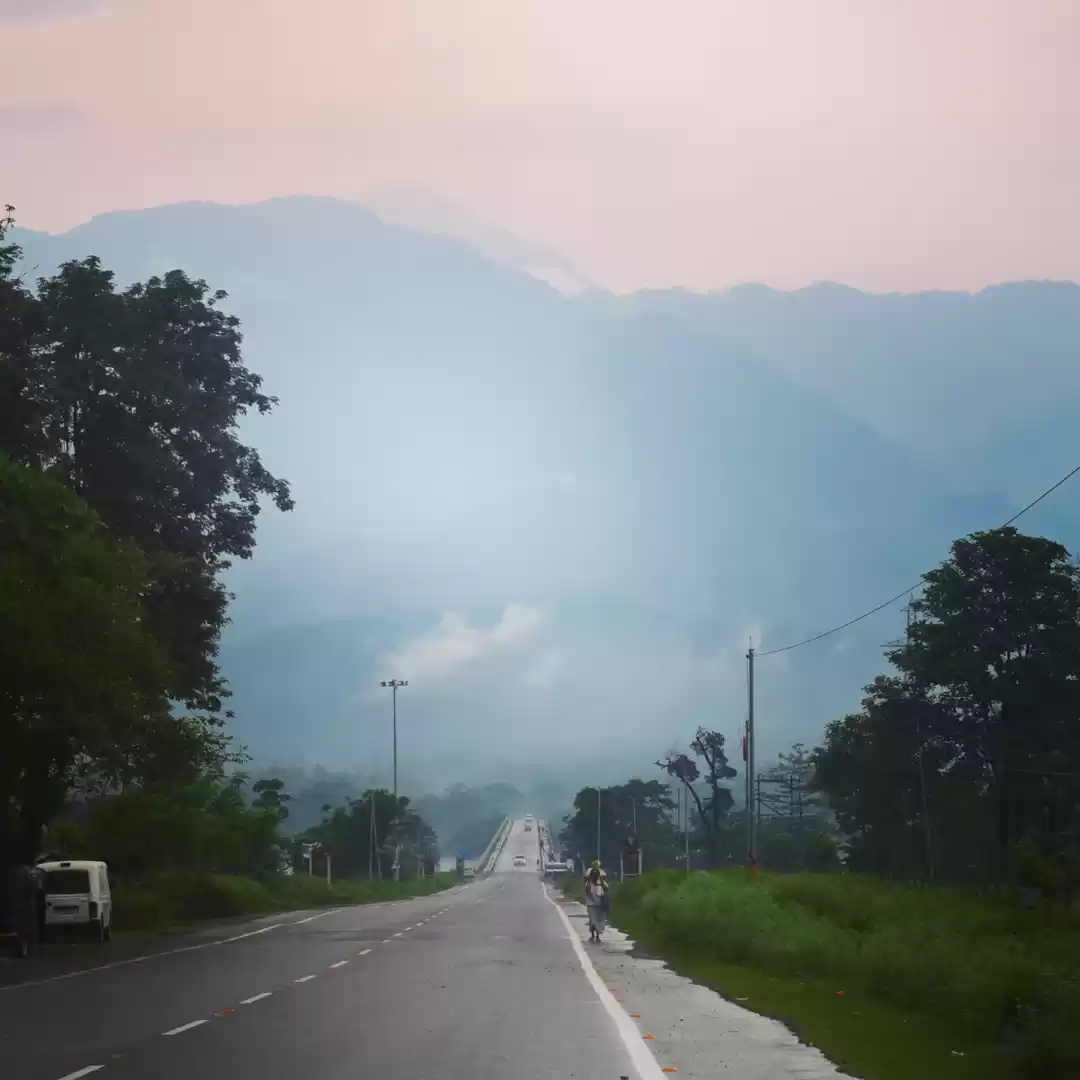
Due to the state’s eastern most location on the map, Arunachal Pradesh is also known as the ‘land of the dawn-lit mountains.’ Arunachal Pradesh tourism is all about dense forests teeming with wildlife and rich ancient cultures. The variations in the climatic conditions throughout the state results in a variety of landscapes and forests that support one of the largest Bio-diversity on the Planet. To add to its diversity in landscape and topography, nine rivers flow through the state including the mighty Brahmaputra. Each of these rivers form valleys which remain detached from the main land and outer world. Arunachal Pradesh is known for its Tribal culture and population. There are around 26 tribes that live in the state that trace their origin back to Mongolia and South East Asia. The remoteness of these areas and the lack of accessibility to the main land, the cultural heritage of the indigenous people are preserved till date. Covering vast distances on foot just to get their daily supplies is a part and parcel of the villager’s lives. Different tribes have different sources of incomes. Some take part in trading while some weave some of the finest rugs and specialise in wood paintings. Some tribes are experts in animal rearing. With all the natural and cultural diversities, Arunachal Pradesh is an entirely different world of its own.
Located in the Lower Dibang Valley, Roing is a picturesque town 157 KMs from Dibrugarh. During your time here, you can spend your time in the local market or at the Zoo and around Sally lake. As a part of the Mehao wildlife sanctuary, the lake is surrounded by hills and lush green forests.
You can hire paddle boats for 50/- per person. Other local attractions include Nehru Van Udyan and Bhashmaknagar fort. The Mehao Wildlife sanctuary spread over 281 sq. KMs and covers regions near the Lower Dibang Valley which are mainly inhabited by the adi tribe. In the upper reaches of the Dibang valley, 60 KMs from Roing is Mayodia. Mayodia is known to have snow for most parts of the year. The place continues to receive snow till March-April. APST busses ply on regular basis from Tinsukia to Roing. Roing is well connected to the nearby state of Assam as well. Follow this link for contact information of guest houses in Roing.
The lodge on the banks of the Sally lake sure is one of the best stays in Roing. They provide tented accommodation as well. Check the "traveller's corner" section of the website for more info on accommodation options.


As we head further from Mayodia, the next two towns are Hunli and Anini. Both of these towns offer scenic views of the Mishmi hills. Anini is the headquarters of the Upper Dibang Valley and home to the Idu Mishmi Tribe.
The roads from Roing to Anini are not in good shape and requires cautious driving. The Indo-Tibet(China) border is not very far from Anini. Hunli and Anini have government accommodation such as the Circuit House. You may have to book in advance. To get to these Towns, you can board APST busses that run from Roing or alternatively hire a shared car from Roing. If you plan on visiting these villages, it is recommended to book your cab seats a day in advance.

Nestled deep in the Lower Dibang Valley, Dambuk is a small village that remains in-accessible for 6 months a year during the Monsoons. The village is so remote that it did not have electricity until 2015. However, Dambuk is known to produce the sweetest Oranges in the whole country. Dambuk also hosts a four-day festival called the Orange festival. The festival sees many music artists from Independent genres. Thermal and a Quarter, The F16s, Fiddler’s Green, Uday Benegal, When Chai Met Toast, Feyago, Rain in Sahara are some of the names who have had gigs at the Orange festival so far. The festival also hosts a number of Adventure activities like ATV and SUV races. The festival aims to invite and inspire people to explore the unexplored regions of Arunachal together. The road to Dambuk passes through streams and dense forests. Be prepared for LOTS of off-roading. Shared cabs and buses ply from Roing regularly. However, the only way to reach the village in the monsoon is a daring Elephant ride through the swollen streams. The phrase, “It’s the journey that counts, not the destination” stands true for Dambuk. Due to its remoteness, you can expect raw wilderness all around, once you get to Dambuk.
Diyun is a small riverside township. It derives its name from the nearby river. Diyun marks the beginning of Changlang district. However, there’s nothing much to see at Diyun. You can break your journey at Diyun enroute Miao if you happen to miss the ferry to cross over the river onto the other side. The last ferry leaves the jetty at 4 P.M.

Miao is a quaint town on the banks of the Noah Dihing River and is surrounded by dense tropical forests on all sides and also the Gateway to Namdapha National Park. The rock music culture in the North East is pretty evident in this small town. You can easily spot shopkeepers and people taking a stroll through the streets playing familiar classics from the 70’s and 80’s on their mobile phones.
Local attractions in Miao include a local Zoo that houses some of the endemic species of the region and Hornbill Hill, a brilliant spot to hike and spot hornbills. It’s recommended that you start early in the morning. The locals say, you can spot them only hiking after a couple kilometres into the forest. Be sure to go with time in your hands if you’re going bird-watching. 1 hour into the forest, we could constantly hear the call of the Horn-bills. The task is to spot them. Refer to the website for bus timings.

Being the largest protected region and a biodiversity hotspot, Namdapha is an experience in itself. The Namdapha national park stretches over the border into Myanmar. Namdapha’s remoteness and the Dapha hills have kept most of the regions unexplored. Best way to experience Namdapha is by trekking. The region inspite of being rich in wildlife, it isn’t easy to spot birds or animals in the forest. For wildlife and nature enthusiasts, this is probably the best rainforest experience in the country. Namdapha is home to a number of mammals like the Tiger, Leopard and the endangered Hoolock Gibbons. It is also rich in Avian life, some birds spotted by us were the Indian Roller, Grey Hornbill and the pied falconet. After the main entrance to the National Park, a 22 KMs drive through mud and slush takes you to Deban, the only proper accommodation facility within the national park. There are concrete cottages as well as bamboo and cane huts overlooking the Noah Dihing River. Other than Deban, there are 5 designated campsites in Namdapha which are suitable for pitching your tent. Bul-bulia, Haldibari, Hornbill, Moti Jheel and Firmbase are the campsites which are designated by the Govt within the national Park.
Some important contacts to help with bookings -
Field Director, Project Tiger, Namdapha Tiger Reserve, Miao, Changlang District, Tel: 03807-222249
DC Office, Changlang District
Tel: 03808-222621/ 222840
District Commissioner Office
Changlang District
Tel: 222221
STD code 03807

Nampong is a small town located in the foothills of the Patkai-Bum Mountain range. The drive to Nampong from Jairampur is one of the most scenic drives along terraced tea gardens. On the way to Nampong, you can go visit the World War 2 cemetery and the Stilwell Road that passes through this region to the neighbouring country of Burma. The Myanmar border is just 12 KMs from Nampong. Traders and Tourists can cross over the border from Nampong only 3 days a month – the 10th, 20th and 30th of each month. Tourist can get their permits done at the Division office at Nampong. The road to Myanmar is through the Pangsau Pass. Once you reach the final Indian checkpost, you have to drop off your vehicle and cross over to Burma. Once in Burma, there are Motorcycle Taxis waiting for you at the border. At the cost of 100 INR per person, the motorbikes will drop you off at the Local market. You can hire locals as Interpreters here in the market for a nominal fee. Here onwards, you are are free to explore the country on foot though your movement is restricted within a 17 KMs radius. The lake of no return is situated on the border.
The trip to the lake is quite time consuming and you have to make sure that you are the first batch of vehicles to cross over if you want to visit the lake. Tourists have to be back in India by 3 P.M. Note that Indian currencies are accepted across the Border and entry to Myanmar from Nampong does not require a Passport. The permit is enough. The cash limit is 5000 INR per head. The Pangsau Pass Winter festival held every year in the month of January that showcases the cultural heritage of the tribal people residing there. The festival is an initiative by the govt of the Arunachal Pradesh to bring tries from both Arunachal and Myanmar on the same platform.


